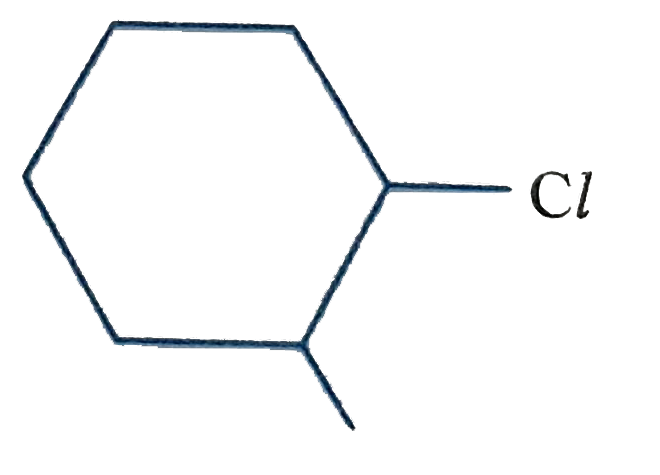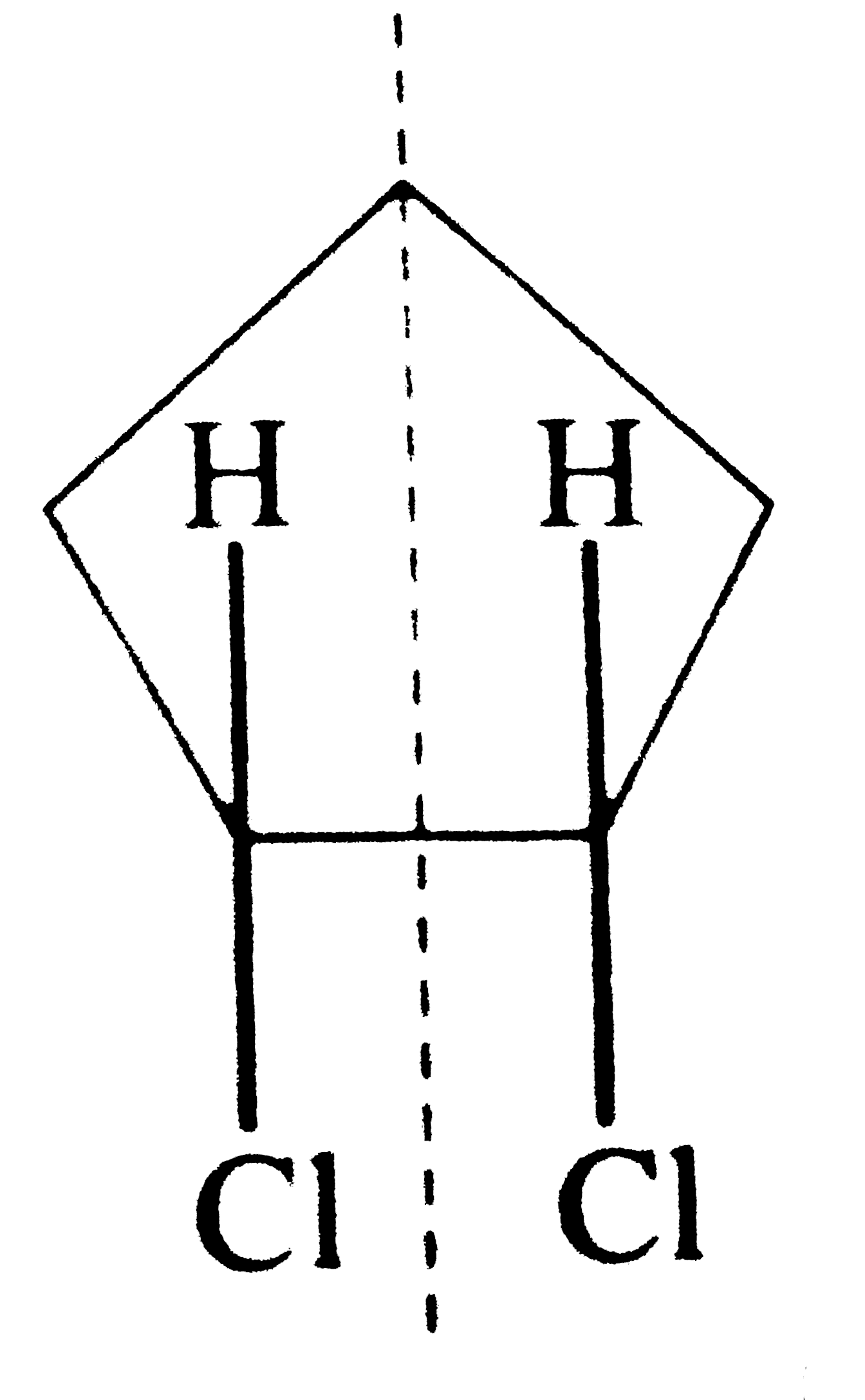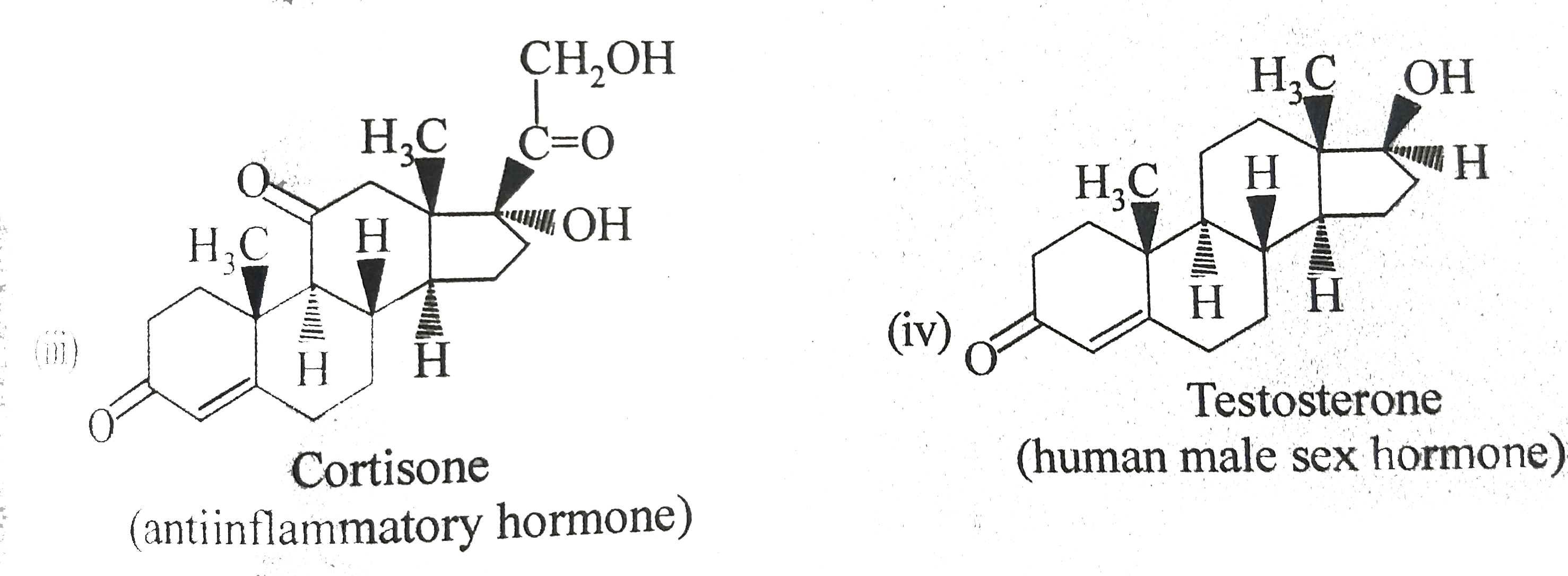What is an asymmetric or chiral carbon?
Step-by-Step Solution:
1. Definition of Asymmetric or Chiral Carbon:
- An asymmetric or chiral carbon is defined as a carbon atom that is bonded to four different atoms or groups. This unique arrangement allows for the existence of two non-superimposable mirror images, known as enantiomers.
2. Understanding Chirality:
- Chirality is a property of a molecule that makes it non-superimposable on its mirror image. This means that if you were to create a mirror image of the molecule, you would not be able to align the two perfectly, indicating that the molecule has a distinct "handedness."
3. Example of a Chiral Carbon:
- Consider a carbon atom bonded to the following four different groups:
- Hydrogen (H)
- Bromine (Br)
- Phosphorus (P) in the form of a phosphine group (e.g., P(CH3)3)
- Iodine (I)
- In this case, since all four substituents are different, this carbon is classified as a chiral carbon.
4. Identifying Non-Chiral Carbons:
- If a carbon atom is bonded to two or more identical groups, it cannot be considered chiral. For example, if a carbon is bonded to:
- Two hydrogen atoms
- One bromine atom
- One iodine atom
- This carbon is not chiral because it does not have four different substituents.
5. Conclusion:
- In summary, a chiral carbon is characterized by having four distinct groups attached to it, leading to the formation of two non-superimposable mirror images. This property is crucial in stereochemistry and plays a significant role in the behavior of molecules in biological systems.
- An asymmetric or chiral carbon is defined as a carbon atom that is bonded to four different atoms or groups. This unique arrangement allows for the existence of two non-superimposable mirror images, known as enantiomers.
- Chirality is a property of a molecule that makes it non-superimposable on its mirror image. This means that if you were to create a mirror image of the molecule, you would not be able to align the two perfectly, indicating that the molecule has a distinct "handedness."
- Consider a carbon atom bonded to the following four different groups:
- Hydrogen (H)
- Bromine (Br)
- Phosphorus (P) in the form of a phosphine group (e.g., P(CH3)3)
- Iodine (I)
- In this case, since all four substituents are different, this carbon is classified as a chiral carbon.
- If a carbon atom is bonded to two or more identical groups, it cannot be considered chiral. For example, if a carbon is bonded to:
- Two hydrogen atoms
- One bromine atom
- One iodine atom
- This carbon is not chiral because it does not have four different substituents.
- In summary, a chiral carbon is characterized by having four distinct groups attached to it, leading to the formation of two non-superimposable mirror images. This property is crucial in stereochemistry and plays a significant role in the behavior of molecules in biological systems.
Topper's Solved these Questions
- HALOALKANES AND HALOARENESBOOK - PRADEEPCHAPTER - HALOALKANES AND HALOARENESEXERCISE - ADDITIONAL QUESTIONS (SHORT ANSWER QUESTIONS)
47 Videos
- HALOALKANES AND HALOARENESBOOK - PRADEEPCHAPTER - HALOALKANES AND HALOARENESEXERCISE - ADDITIONAL QUESTIONS (LONG ANSWER QUESTIONS)
4 Videos
- HALOALKANES AND HALOARENESBOOK - PRADEEPCHAPTER - HALOALKANES AND HALOARENESEXERCISE - NCERT EXEMPLAR PROBLEMS WITH ANSWERS, HINTS AND SOLUTIONS (LONG ANSWER QUESTIONS)
3 Videos
- GENERAL PRINCIPLES AND PROCESSES OF ISOLATION OF ELEMENTS BOOK - PRADEEPCHAPTER - GENERAL PRINCIPLES AND PROCESSES OF ISOLATION OF ELEMENTS EXERCISE - Curiosity Questions
2 Videos
- ORGANIC COMPOUNDS CONTAINING NITROGENBOOK - PRADEEPCHAPTER - ORGANIC COMPOUNDS CONTAINING NITROGENEXERCISE - IMPORTANT QUESTIONS FOR BOARD EXAMINATION
27 Videos
Similar Questions
Knowledge Check
Which amino acid has no asymmetric carbon?
AHistidineBThreonineCα-alanineDGlycineWhat is the number of asymmetric carbon atoms present in α-D-glucopyranose molecule?
ATwoBThreeCFourDFiveNumber of chiral carbon atoms is
 isA2B3C4D1
isA2B3C4D1
Write the number of chiral carbon atoms present in fructose.
View SolutionA line which bisects a compound in two equal parts and both parts appear to be the mirror image of each other, such kind of symmetry is known as plane of symmetry

Any molecule that has a internald mirror palne of symmetry cannot be chiral, even thought it may contain asymmetric carbon atoms.
Which of the following compounds is not chiral?
View SolutionWhich of the following has/have asymmetric carbon atom?
View SolutionThe compound which does not contain an asymmetric carbon atom is
View SolutionAn SN2 reaction at on asymmetric carbon atom of a compound always gives
View Solution


